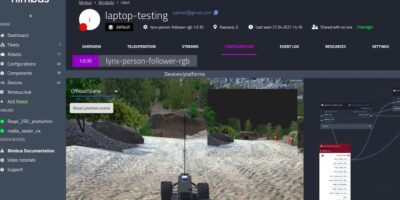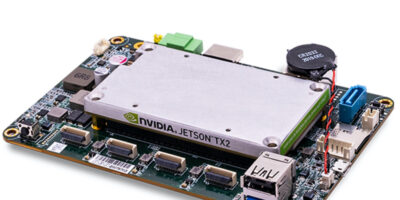Powered by Nvidia’s A2 Tensor core GPU, the HPC-6240+ASMB-622 industrial edge inference server has been designed for rapid deployment, management, and scaling of AI and inference workloads in the hybrid cloud, says Advantech.
The HPC-6240+ASMB-622, powered by the soon to be available Nvidia A2, has a depth of 20.5 inch (520mm) depth and multiple expansion slots.
Enterprises can confidently deploy hardware that securely and optimally runs accelerated workloads while using the Nvidia AI platform for inference, explained Advantech. Nvidia AI for inference includes software such as Nvidia Triton Inference Server and Nvidia TensorRT.
The server is therefore suitable for industrial equipment manufacturers (IEM), robotics, retail, intelligent video analytics (IVA), and other applications of AI at the edge.
The Nvidia A2 GPU’s compact size and low power requirements exceed the demands for edge deployments at scale, said Advantech. Combined with the HPC-6240+ASMB-622, it can deliver up to 20x higher inference performance versus CPUs and 1.3x more efficient IVA deployments than previous GPU generations, at an entry-level price point, added Advantech.
The HPC-6240+ASMB-622 is a 2U, short-depth compact edge server with dual third Gen Intel Xeon scalable processors. It provides eight expansion slots and multiple PCIe for flexible GPU, network interface controller (NIC), frame grabber card and motion control card integrations. Four PCIe x16 design supports up to four Nvidia A2 GPUs for AI and high performance computing (HPC).
The low power budget, compact size and multiple expansion capability with four A2 GPUs enables the server to be used for complex AI auto-optical inspection and manufacturing equipment applications.
The thermal management system increases airflow and pressure to enable high computing workloads at the industrial edge by cooling GPU cards and reducing noise output.
The HPC-6240+ASMB-622 server is able to scale out from a single-GPU node to multi-GPU nodes when needed in industrial applications, especially for AOI, voice recognition and translation.
The HPC-6240+ASMB-622 is available now.
Advantech specialises in IoT intelligent systems and embedded platforms. To embrace the trends of IoT, big data, and artificial intelligence, it promotes IoT hardware and software solutions with the Edge Intelligence WISE-PaaS core to assist business partners and clients in connecting industrial chains.







